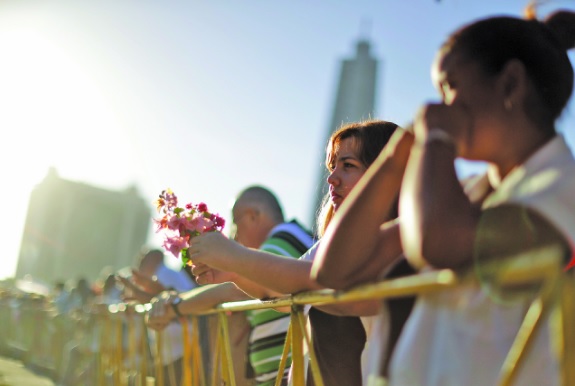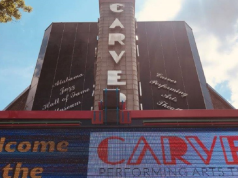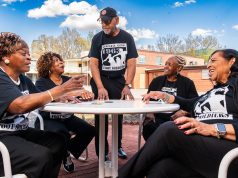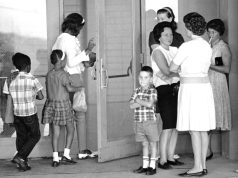
By Peter Osri and Juan Zamorano
Associated Press

HAVANA (AP) — To waving flags and some shouts of “Long may he live!” Fidel Castro’s ashes began a four-day journey across the island Wednesday, retracing the path of his triumphant march into Havana nearly six decades ago
A small, Cuban-flag covered cedar coffin containing the remains of the 90-year-old leader was taken out of Cuba’s Defense Ministry just after 7 a.m. and placed into a flower-bedecked trailer pulled by a green military jeep for the more than 500-mile (800-kilometer) procession to his final resting place in the eastern city of Santiago. The ashes will be interred Sunday, ending the nine-day mourning period for the man who ruled the country for nearly 50 years.
The route traces in reverse the victory tour Castro and his bearded rebels took after overthrowing the forces of strongman Fulgencio Batista in 1959.
Carpenter Rene Mena, 58, said his mother had taken him out of their home on the capital’s seafront Malecon boulevard as a baby to see Castro arrive that year. On Wednesday he donned a Cuban flag and a military cap outside the same house where he still lives, and saluted Castro’s caravan.
“I saw him when he came, and now I’ve seen him when he left. Goodbyes are moving, difficult,” Mena said.
Thousands of Cubans lined the streets of Havana, some sleeping on sidewalks overnight, to bid goodbye to Castro. Many had attended a massive rally Tuesday night at Havana’s Revolution Plaza, where the presidents of Cuba, Mexico, Ecuador, Bolivia, Venezuela and South Africa, along with leaders of a host of smaller nations, offered speeches paying tribute to Castro, who died Friday night.
Along the city’s historic Malecon, the funeral procession passed to near-total silence among the crowd. Peering from the sidewalk, rooftops and balconies overlooking the sea, people took cellphone video and photos as keepsakes.
“We love the comandante and I think it’s our obligation to be here and see him out,” said Mercedes Antunez, 59, who was bused in by the state athletics organization from her home in east Havana along with fellow employees.
Tuesday’s rally began with black-and-white revolution-era footage of Castro and other guerrillas on a big screen and the playing of the Cuban national anthem. Castro’s younger brother and successor, Raul, closed the rally with a speech thanking world leaders for their words of praise for his brother, whom he called the leader of a revolution “for the humble, and by the humble.”
South African President Jacob Zuma praised Cuba under Castro for its record on education and health care and its support for African independence struggles.
Castro will be remembered as “a great fighter for the idea that the poor have a right to live with dignity,” Zuma told the crowd.
For two days, lines stretched for hours outside the Plaza of the Revolution, the heart of government power. In Havana and across the island, people signed condolence books and an oath of loyalty to Castro’s sweeping May 2000 proclamation of the Cuban revolution as an unending battle for socialism, nationalism and an outsize role for the island on the world stage.
Inside the memorial, thousands walked through three rooms with near-identical displays featuring the 1962 Alberto Korda photograph of the young Castro in the Sierra Maestra mountains, bouquets of white flowers and an array of Castro’s medals against a black backdrop, framed by honor guards of soldiers and children in school uniforms. The ashes did not appear to be on display.
Signs read: “The Cuban Communist Party is the only legitimate heir of the legacy and authority of the commander in chief of the Cuban Revolution, comrade Fidel Castro.”




